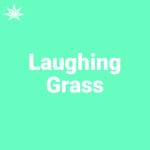Ganja
Also known as: Ganj, marijuana, mary jane, herb, etc.What does “Ganja” mean?
One of the oldest slang terms for marijuana, "ganja" is derived from the Sanskrit word for the flowers of the plant. Brought to Jamaica from India, ganja became a central part of Rastafari culture and wound up influencing the world via reggae music in the 60s and 70s. To this day, it remains one of the most well-known names for weed in the world.Example usage:
“Yes, I am partial to ganja, but I prefer to smoke only top-tier quality.”
Read moreThe history of the term “Ganja”
Cannabis culture has different tropes, terminology, and references everywhere in the world: within each language, and each region, there are anywhere from a handful to dozens of different monikers that people use for the plant. As a traveling stoner, “ganja” is one of the most widely-known and ubiquitous terms you’ll encounter when meeting fellow consumers, and no matter where you are, people associate the term with Jamaica, Reggae, and the Rastafarian religion.
While Jamaicans largely established the cultural and philosophical significance of the term ganja as it stands today, the word itself actually comes from India. The Hindi word “ganja” is inherited from the ancient language Sanskrit, which is believed to be the term’s language of origin. “Ganja” specifically refers to the buds of the flower. In Hindi, “Charas” is the resin and “Bhang” refers to the leaves and seeds of the plant, as well as a milky tea prepared from the same. The evolution of “ganja” is an example of ancient wisdom that has encircled the globe over the course of thousands of years — much like the plant itself has been shared among peoples and cultures as a way to enhance life.
Table of contents:
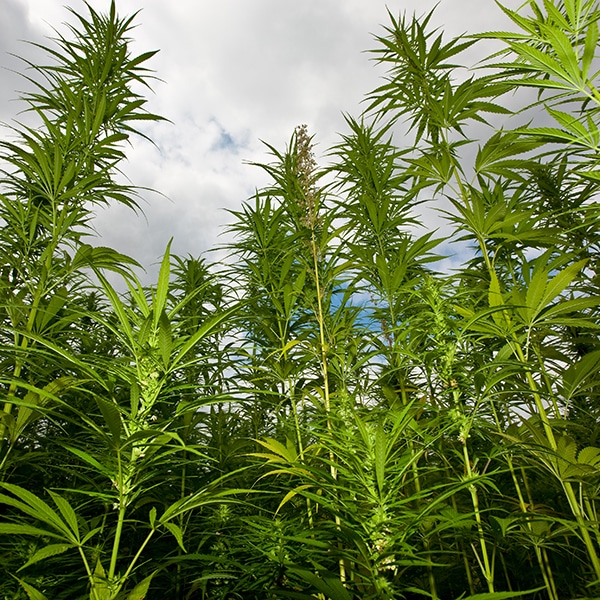
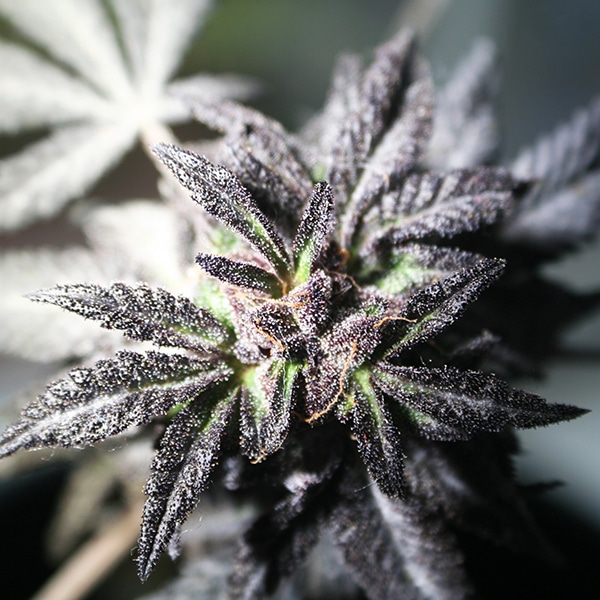
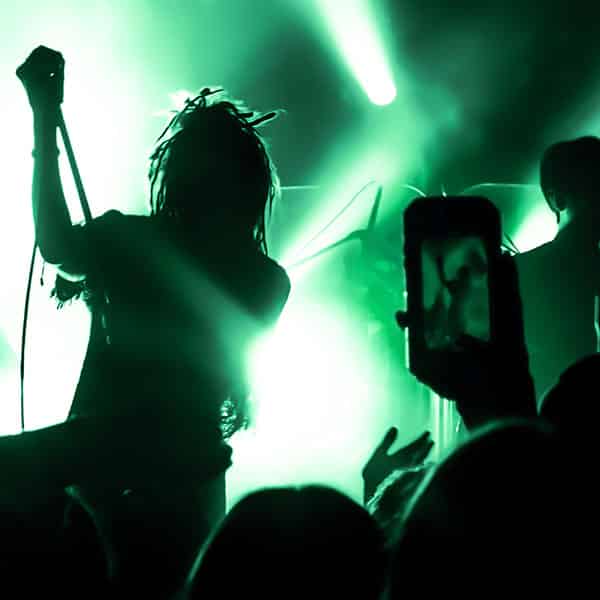
Ganja from East to West
Like the other Caribbean islands, Jamaica was colonized by European nations beginning in the 1500s. The indigenous people who had lived there since around 600 AD — the Tainos — were enslaved, starved, and exploited by Spanish colonizers, and over the course of 50 years nearly the entire population had been wiped out. According to the Jamaican Embassy, the Arawak language spoken by the Tainos is the origin for many widely-used “English” terms, such as “barbecue,” “hammock,” “canoe,” and “tobacco.”
After the Spanish came the English, whose military conquered the island in 1655. English colonizers siphoned Jamaican resources and used the island for sugar cane production, enriching themselves using the labor of enslaved West Africans to harvest. Many escaped and lived in the island’s interior, creating communities of free Black people, evading capture and resisting the colonizers, and these people eventually became known as the Maroons.
After Britain abolished the human trafficking industry, emancipated people in Jamaica no longer wanted to work for British sugar cane operations, so the empire began searching for a new source for plantation labor. While the end of the transatlantic slave trade resulted in dismantling much of the human trafficking infrastructure that had been embraced by the British empire for so long, it did not prevent human traffickers from going outside the empire or slightly altering their practices.
In 1845, Britain began trafficking “indentured servants” from India to work the sugar cane plantations. Between 1845 and 1917, Britain brought nearly 40,000 people from India to Jamaican plantations. The struggle against colonial exploitation continued under a new set of definitions, but with these workers came cannabis and knowledge of its many preparations, including “ganja,” and the gift that the Hindi-speakers brought to the island would change Jamaica forever.
Rise of Rastafari
In the 1930’s, a religious and social movement gained traction that became known as Rastafari, which was based on a specific interpretation of the Bible from an Afrocentric and anti-colonial perspective. Rastafari, or Rastafarianism, is a decentralized religion that emphasizes communal gathering instead of a centralized hierarchy like most Western religions. One of the first Rastafarian preachers was Leonard Percival Howell, who began preaching in 1933 about the African diaspora.
While Howell was imprisoned for two years for his preaching which challenged Western power structures, this only amplified his efforts: his words resonated with many and the movement began to grow. As the religion spread, new traditions and practices began to take shape — in stark contrast to the solemn rituals of Christianity, Rastafarians practiced communal meetings known as “groundations,” involving music, open discussions, and the smoking of ganja.
Rastafarianism’s Afrocentric ideology fostered resistance to the cultural influence of continued British colonialism, and helped spur a counterculture movement that has left a mark not only on Jamaica, but the entire world. Ganja as a spiritual practice became an intrinsic aspect of this counterculture movement, as people began to seek mind-expansion and connection with the planet and one another.
Reggae‘s Influence
In the 1960s and 1970s, another cultural movement from Jamaica — the rise of reggae music — was ultimately what helped catapult the term “ganja” to the status of a global phenomenon.
Reggae musicians such as Bob Marley and Peter Tosh became world-famous celebrities, spreading the teachings and philosophies of Rastafari through their music to the world and helping inspire counterculture and anti-war movements everywhere. Along with spreading good vibes, Reggae helped build recognition for cannabis as a healing plant that had the power to bring people together.
While many popular reggae musicians preached the gospel of ganja, Bob Marley became the most famously associated with it. Despite being arrested for cannabis possession in 1968, Marley continued to consume the herb in accordance with his spiritual beliefs. Along with his message of positivity and kindness, his usage of the word and his love for the plant have had a huge impact on the term’s popularity today.
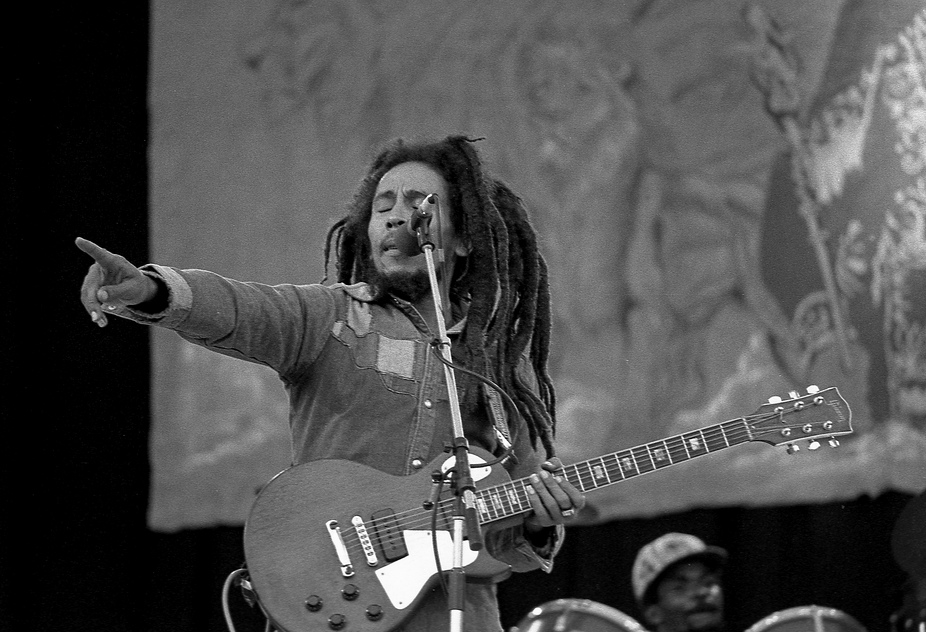
Ganja References in Movies and TV
As it became more well-known, the term has made several appearances in art and culture outside the realm of music. One of the earliest usages of “ganja” in film is the 1980 British movie Babylon, a story about Black youths in London during the international rise of Reggae.
This represented the final step toward ganja becoming a mainstream word: since then the term’s popularity has skyrocketed, accruing references in countless films, including:
- Lock, Stock, and Two Smoking Barrels
- 8 Mile
- Children of Men
- This Is the End
- Bad Boys
- Adventureland
- And many, many more
The term “ganja” has also been featured in many TV shows, including the 1990s Tales from the Crypt and The Sopranos, as well as Scrubs and Breaking Bad. Today its use is mixed with a myriad of other terms used interchangeably for cannabis, but “ganja” remains one of the most iconic with a global history spanning thousands of years.
While there are many slang terms for the herb that have been lovingly embraced by consumers around the world, only “ganja” has such a long legacy of inspiring people to prioritize unity and hope in the face of oppression.
The rise in popularity of cannabis in the 60s and 70s was closely tied to the anti-war movement, which aligned with the philosophies of Reggae music and Rastafari.
Legalization
With the acceleration of the cannabis legalization movement in North and South America, Jamaica is in a strong position to establish itself as an essential participant in the global cannabis trade. However, the Jamaican government has been slow to act on this opportunity.
Commercially producing and selling ganja for recreational purposes is still illegal in Jamaica for now. Though, the possession of small amounts of cannabis was decriminalized in 2015, and it is legal to consume for religious reasons or under the recommendation of a doctor.
Tourists who possess a medical cannabis recommendation are also eligible to buy and consume ganja in Jamaica, and a variety of events and tourist-friendly businesses have started welcoming foreigners who want to medicate while visiting the birthplace of Reggae and Rastafari.


